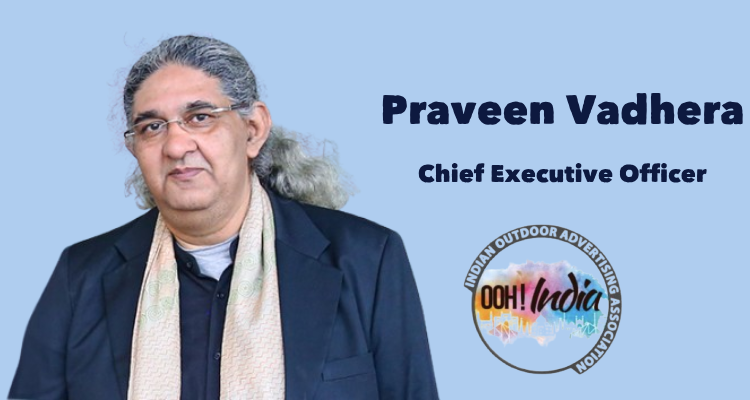“Advertising is the key to world prosperity,” and “Advertising is the Vital force of our National life”. These famous statements by Julius Klein and Herbert Hoover were made in the 1920s. They emphasised advertising’s transformative role in economic and cultural development. Today, these quotes feature in Brihanmumbai Municipal Corporation’s (BMC) recently introduced draft guidelines for outdoor advertising, aiming to elevate the Out-of-Home (OOH) advertising sector. While the sentiment remains relevant, Mumbai’s policy misses out on contextualising these ideas within the city’s contemporary urban landscape. The document reflects an ambitious intent, but it is essential to approach the draft as a work in progress. Several steps need to be covered before the draft evolves into a comprehensive policy ready for execution.
The Vision Behind the Draft
The “Preface” of the BMC Draft Policy Guidelines for Display articulates a forward-thinking vision:
“Hence need was felt to formulate the policy guidelines, to keep pace with changing scenario of outdoor advertisement field nationally and internationally.
In the current global environment, where capital is scarce, and all global players are vying for a share of the global capital pie, it is important to make Mumbai an investor-friendly destination that offers world-class advertising tools and services in the outdoor media. As a regulator for street-facing advertisement, B.M.C. aims to facilitate the advertising sector with simplified procedures, rules, and regulations.”
This vision reflects an enlightened approach that aims to balance regulation and the sector’s growth while creating a framework aligned with international standards. The stated objective to simplify processes and build confidence among entrepreneurs is a step in the right direction, especially for a city like Mumbai that aspires to remain competitive on the global stage.
The draft also highlights the importance of adapting to the evolving advertising landscape, emphasizing the need to blend aesthetics with commercial opportunities. Such intent is crucial for a rapidly developing urban hub, where outdoor advertising plays a key role in shaping the visual and economic fabric of the city.
Areas That Require Attention
Despite its promising intent, a closer analysis of the draft guidelines reveals areas that require further attention. One of the notable limitations is the narrow scope of the policy, which focuses primarily on traditional formats like hoardings and signages. The OOH advertising industry has evolved significantly, incorporating digital platforms, interactive displays, and experiential formats. These advancements are transforming the way cities interact with advertisements, and Mumbai’s guidelines would benefit from recognising and incorporating these developments.
The draft guidelines also leave certain terms and benchmarks open to interpretation, which could lead to inconsistencies in implementation. Clear definitions and a transparent framework are essential to instill confidence among stakeholders and ensure the policy achieves its objectives effectively.
Another important consideration is the potential role of OOH advertising in contributing to urban development. Globally, cities have leveraged advertising partnerships to enhance public infrastructure, from maintaining street furniture to developing modern amenities. These collaborations not only provide economic value but also improve the quality of life for residents. By embedding similar strategies, the BMC could create a policy that benefits the city holistically.
The Need for Expert Insights
While the draft mentions modern concepts like digital advertising and temporary permissions for banners, the level of detail and specificity appears limited. Effective policies in this area often draw upon expertise from diverse fields, such as urban planning, digital technology, and behavioural sciences. Collaborating with experts, including LED manufacturers and neuroscientists specialising in human interaction with advertising, can add depth to the policy framework.
Global examples show how integrating research and data into policy-making can elevate OOH advertising standards. By adopting such practices, the BMC can ensure its guidelines are not only innovative but also sustainable, creating an ecosystem that supports long-term growth and aligns with the city’s broader developmental goals.
Towards a Comprehensive Policy
The draft guidelines for outdoor advertising reflect an important step towards creating a strong regulatory framework for the sector. However, there is scope for further refinements to make them inclusive for all the OOH players. By expanding its purview to include modern advertising formats, clarifying ambiguities, and incorporating expert insights, the BMC can craft a policy that truly meets the needs of a global city.
Mumbai has the opportunity to redefine its OOH advertising landscape, setting a precedent for other Indian cities. A collaborative approach involving public authorities, industry stakeholders, and citizens can ensure the policy fosters sustainable growth while enhancing the city’s aesthetics and functionality.
(Views are personal)

















